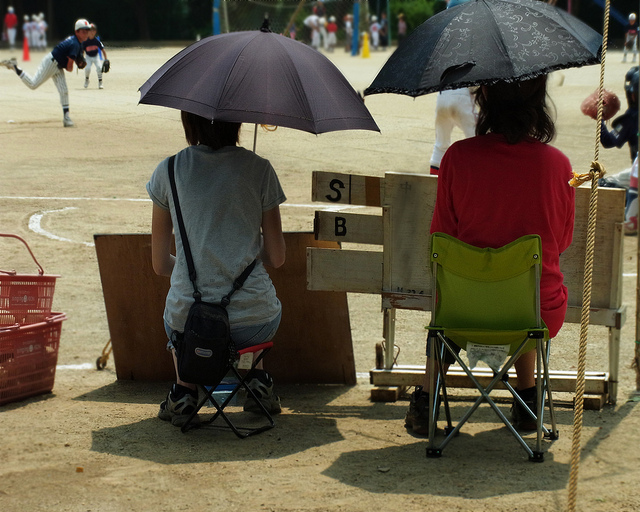Today, we are seeing global warming happening at an alarmed pace. There are extreme weather conditions, and every year it is getting worse than the year before. Either it is extreme heat in the summers or extremely cold in winters. There is no proper balance in weather conditions lately, and this gives rise to many forms of illnesses. During summer, there are too much of heat-related illnesses. Let us take a look at some of the ways by which you can prevent heat-related illnesses such as heatstroke, heat exhaustion, and heat cramps.
According to a report, during the heat wave of 2003, close to 3000 people died from heat-related causes. So, when the temperature is on the rise, ensure you keep your family cool at all times.
Who are prone to risk?
- Heatstroke is condition which is seen among all age groups, but seen more in senior people, as their health is already on the decline and any sudden rise in the temperature will be difficult for them
- Kids are more prone to heatstroke as they are very sensitive to the sun and can cause excessive dehydration
- People who drink alcohol out in the sun are more prone to heatstroke than anybody else
What is Heatstroke?
Heatstroke is a life-threatening illness that needs to be treated immediately, as any delay could be fatal. Heatstroke happens when your body temperature is too high due to excessive heat exposure. Heatstroke is also known as “Hyperthermia”, where your body temperature is as high as 40.6°C (105.1°F) due to environmental heat exposure and with the lack of thermoregulation.
Heatstroke is very difficult to know and anybody can be affected by it. Infants, outdoor workers, athletes, elderly people with heart and lung conditions are at a greater risk. It can occur all of a sudden without any symptoms of heat exhaustion. But, some of the symptoms of heatstroke also include symptoms of heat exhaustion.
Some of the severe symptoms of heatstroke include:
- Hyperventilation
- Muscle cramps
- Headache
- Nausea and Vomiting
- Increased body temperature
- Flushing of skin
- Mental confusion
- Lack of sweating
- Seizures
- Lack of Consciousness
Heatstroke is a serious medical condition as it can cause unconsciousness within few minutes of being unwell – it also causes multiple organ failure, brain damage, and death.
If you feel you have any of the above-mentioned symptoms, first get into the shade or indoors quickly and get immediate medical help. At the hospital, the treatment involves bringing your body temperature down by cooling you down with intravenous fluid replacement. When heatstroke is treated properly, 90% of people survive. If not, then the survival rate is very low at 20%.
How to Prevent Heatstroke?
The best defence against heat-related illness is to prevent it from the outset. Tips to keep you cool and healthy as well as minimize the chance of developing heatstroke in summer.
- First, know the symptoms of heat-related illnesses
- Wear loose fitted and light coloured clothes
- Avoid excessive alcohol and caffeine in hot and humid weather
- Drink lots and lots of water and other fluids that keep you hydrated
- Avoid physical activities during hot and humid weather
- Apply quality sunscreen lotion with at least SPF 15 when you step out of your home
- Wear sun hats and sunglasses anytime you are outdoors
- Do not sit in a car that is parked in the sun for more than 10 minutes, the temperature inside the car can rise to more than 20°F (6.7°C)
Conclusion:
So, if you suspect heatstroke, first call an ambulance and then head to a cool place and stay in the shade for a while. Remove clothing and spray yourself or the person affected with cold water and cover the body with damp towels or sheets. Though heatstroke is a dangerous condition, it can be prevented with proper precautionary measures.
Image Source: https://www.flickr.com/photos/84906483@N08/8178463542


Be the first to comment on "Preventing Heatstroke During Summer – Explained!"